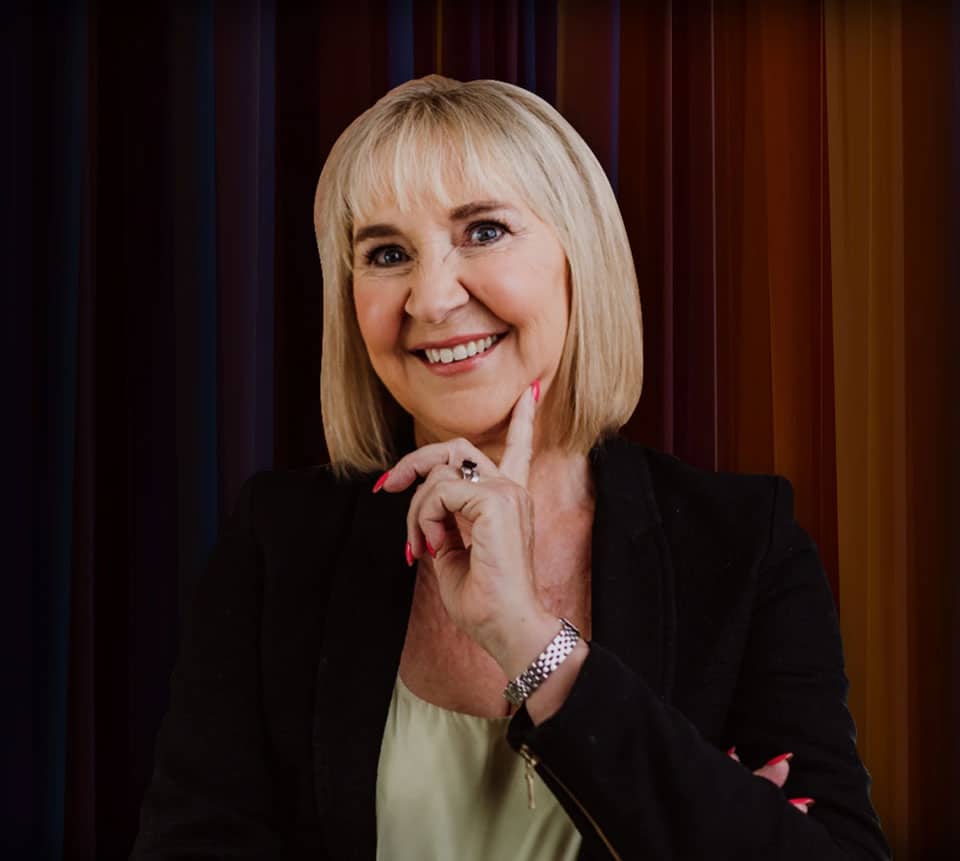People are more than meets the eye

Some years ago I stood in front of a leadership team to begin a lecture. While I had been invited and briefed by the managing director I had not met all the other team members. After a glowing introduction by the leader, a team member, a man in his 50’s stood up and started to berate me, questioning my competence and intelligence. He then turned tail and left the room.
“Oh don’t worry about him” his team mates told me. “He is bi-polar, hasn’t had his medication today and you look a lot like his ex-wife.”
While this man obviously had a diagnosable problem, his behaviour is far from unusual. There are many psychological terms we can use to describe his response but the 2 I will explore here are:-
Projection and splitting.
Projection & splitting are both defense mechanisms. Anna Freud defined a defense mechanism as an unconscious resource that the ego uses to decrease a person’s internal stress. Defense mechanisms are used to protect the individual from internal conflict.
In the case of my abuser above – my appearance had triggered in him conflicting emotions towards his ex-wife that possibly included – resentment, rejection, loss, love, craving, shame and guilt. Rather than face and deal with these feelings he projected his frustration onto me and acted out in a way that was embarrassing to all involved.
Projection occurs when a person projects their unconscious feelings, behaviors, or thoughts onto someone else. Splitting is a term that came out of classical (psychoanalytical or psychodynamic) schools of thought and refers to an unconscious ego defense mechanism by which a fairly complex entity cannot be accepted into consciousness in its entirety because it contains aspects that are both acceptable to a person as well as unacceptable.
Lessons for leaders
People are complex. Doctor and neuroscientist, Dr Alan Watkins in his work on integrated high performance, suggests that excellent results, while generally seen to be a function of behaviour which we can see and measure, are deeply influenced by our thinking, feeling, emotion and physiology , most of which is unconscious and hidden.
Neo biologist Bruce Lipton tells us that in any one second we process 40 bits of information consciously and 40 million bits unconsciously. i.e. While our behaviors and results can be seen the driving engine of these things comes from deep within our infinitely more powerful unconscious.
Leaders are not psychotherapists
In a time when we expect (need and require) people to be able to respond to very rapid change driven by external forces such as technology, changing market & economic conditions leaders must be able to (without psychotherapeutic training) impact both the conscious and unconscious drivers within their workforce.
This requires a number of things:
- Leaders need to understand their own drivers – to be aware of their own thoughts, feelings, emotions, and physiological imperatives. (Remember: – that which is conscious we have some control over – that which is unconscious controls us)
- Not taking it personally. When people act out of their unconsciousness it is all about them and has very little to do with the person or situation to which they are reacting. I had never met the man who took such exception to me – I hadn’t even opened my mouth to begin my talk. My appearance triggered a mass of unintegrated feelings, thoughts, and emotions, within him that had absolutely nothing to do with me.
- Getting professional help from wise corporate consultants who do have psychotherapeutic training AND can use this is a way that helps you coalesce your people behind your leadership and strategic imperatives.
- Realising that human complexity is real and needs increasingly to be managed if we are going to get people to successfully navigate our rapidly changing world.
- Introducing the use of “I” statements into business meetings.
“I” statements
In my book “Boardrooms that work” I recommend the use of “I” statements. An “I” statement consists of 3 parts
I think
I feel
I will do
Given that “I” statements utilize 3 for the 5 elements of integrated high performance they are very useful, especially as they surface 2 of the unconscious elements – thinking and feeling.
An example of an “I” statement might be:-
“ When I think about us investing a further $2 million in the deal we have just discussed
I feel very uncomfortable.
And what I will do about that – is suggest we do further research.”
“I” statements change individuals, teams and whole cultures.
They force people to be more conscious and the “what I will do about it” piece forces people to take personal responsibility for their behaviors.
I was once asked to work with the leadership team of a large oil refining company. Every year the oil refinery managers got together and discussed drug and alcohol policy. Every year they agreed and then every year they returned to their refineries and changed nothing, meaning that each refinery had its own idiosyncratic way of dealing with drugs and alcohol. The year I worked with them they all had to make “I” statements on the mutually agreed policy. That year they returned to their refineries and did what they said they were going to do, and a universal policy was implemented across the whole company.
I have seen “I” statements turn around union disputes, boards that were stuck on particular issues and change apparently entrenched corporate cultures.
While this is just one tool – when we realise that people are more than meets the eye, we begin to look for tools that raise our consciousness and encourage personal (and team) responsibility.
So what?
- Next time someone reacts in a non-understandable way – know that they are probably coming from a defense mechanism that is highly complex and has nothing to do with you
- Get them to make an “I” statements – this will help them and you understand what is driving them and encourage them to take personal responsibility for their reactions and behaviors
- Know that as the unconscious is one million times more powerful than the conscious mind, if we want quick and power results (essential in this time of rising global competition and rapid change) we, as leaders, need to be more conscious and encourage those we lead to raise their personal awareness and self-management.
- This is often very hard to do without highly trained external help.
But be careful,
Few leaders are trained psychotherapist and its not really psychotherapy that is needed. What is vital is conscious awareness of the complexity of the human system and a capacity to align the unconscious drivers with the strategic imperatives of the business. This is a highly skilled and increasingly vital task for leaders seeking outstanding results and strategic breakthroughs.
Written by Margot Cairnes.
Have you read?
Best Fashion Schools. Best Universities. Best Medical Schools. Best International High Schools. Countries: Most Female Billionaires.
Bring the best of the CEOWORLD magazine's global journalism to audiences in the United States and around the world. - Add CEOWORLD magazine to your Google News feed.
Follow CEOWORLD magazine headlines on: Google News, LinkedIn, Twitter, and Facebook.
Copyright 2025 The CEOWORLD magazine. All rights reserved. This material (and any extract from it) must not be copied, redistributed or placed on any website, without CEOWORLD magazine' prior written consent. For media queries, please contact: info@ceoworld.biz








